Today I did the super touristy thing and walked around Novi Beograd (New Belgrade) and Stari Grad (Old Town) with my big Nikon camera in hand, taking snapshots of everything that caught my eye. Yes, yes, way to go Iva for doing exactly the same thing as every total travel noob.
But I really had fun, and going under the guise of a tourist really helped break the ice for some great conversations with locals. “Sta slikas?” (What are you taking photos of?), “Odakle si?” (Where are you from?)… I got those questions alot, but I’m willing to blame it on the camera.
Anyways, I spent the morning getting lost in Novi Beograd and eating really fantastic food. Since my internal clock is still a little confused, I woke up around 5:30am to what was already a very sunny morning and went out for breakfast at 6am. Surprisingly, I found lots of stores already open, like the local pekara (bakery), the maxi store, and some small grocery vendors. People were already wide awake and heading about their daily lives – though it seemed like everyone had time to stop and chat with neighbours (and silly Canadian tourists who happened to speak Serbian).
My favourite conversation was with two local shopkeepers who ran a fruit and veggie stand with all the best local fruit. We talked for at least half an hour about life in Serbia while the man leisurely smoked his cigarette and the woman enthusiastically posed for pictures among the fruit. I’ll probably be seeing them around!
Novi Beograd turns out to be huge, and I kept getting side-tracked by cute stores and especially bakeries. That’s one thing I miss alot about Serbia – that good bread, and good food in general, is really accessible and really well priced. You can generally get a hearty breakfast for something like 100 din. – 180 din. ($2 – $3), fruit for 50 din./kilo ($0.80/kilo), and 1 L of milk for 100 din. ($2). Almost everything comes from local producers around Belgrade and Serbia, and it just tastes really darn good. Fruit trees also grow all over the city and you can get your fill of road-side cherries for free!
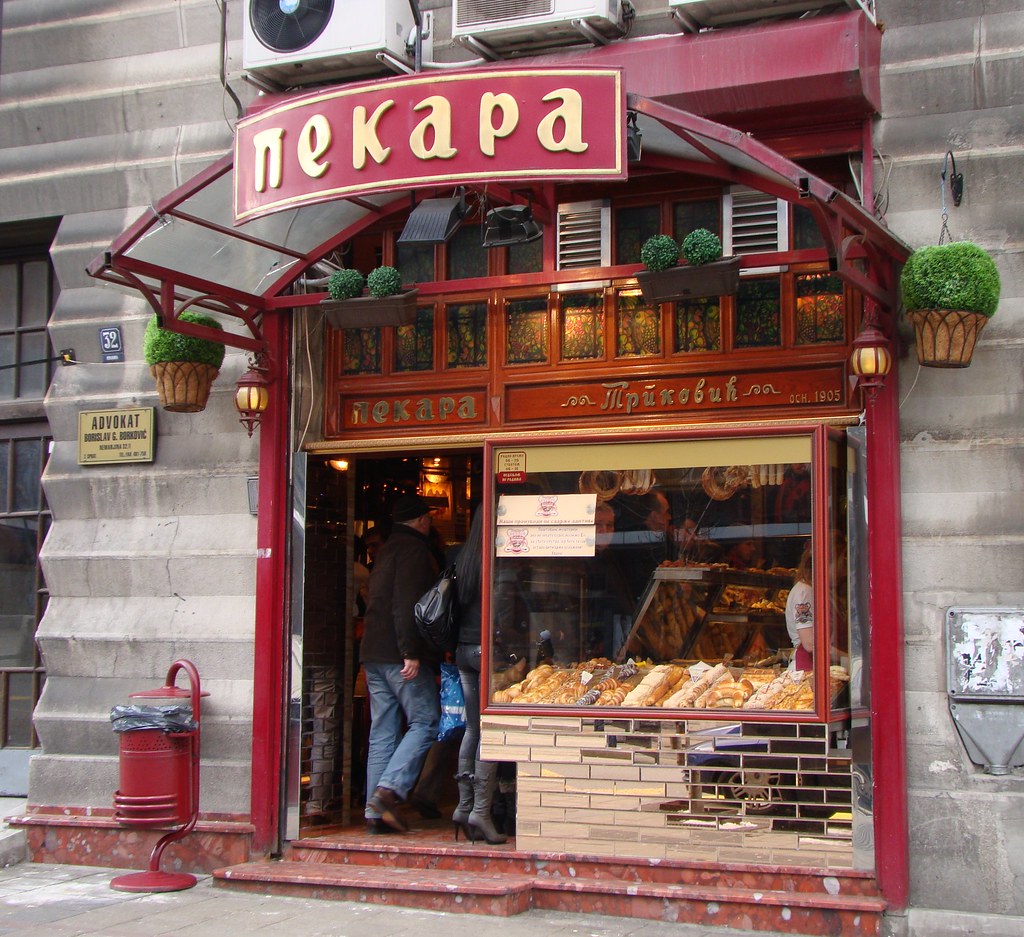
Enough about food now. I’m getting hungry.
I snaked my way through side-streets until I finally found the Danube river, and the beautiful walking path that runs along it. From there, I could see mighty Kalemegdan and Stari Grad across the water and the busy Brankov Most (Branko’s Bridge) connecting the two parts of Belgrade. I put it in my plans to cross it in the afternoon, but not before stopping at the DETOX Kuhinjica (DETOX kitchen) right near my home in Blok 22, to grab some delicious granola and talk to some cool, young health fanatics about the best spots to see in Stari Grad.
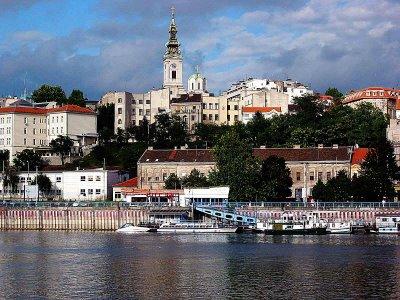
After briefly checking in with my dad to make sure I was still alive, off I went to Stari Grad with camera in hand and my heart beating with excitement.
Stepping off that bridge was like stepping into the city I’ve always dreamed of being in. The perfect mix of grungy graffiti, happy people, busy storefronts, historic buildings, pedestrianized streets, gorgeous architecture, and open markets. It was like candy for my Nikon.
I knew I eventually wanted to get to Knez Mihajlova Ulica (Prince Michael’s Street) and Kalemegdan, but I couldn’t resist the urge to check out the big Zeleni Venac public market where vendors from around Belgrade sold fresh (and absolutely delicious) produce, dairy and meat products, trinkets, clothing, and even things like curtains and lamps. I had to buy some kajmak (a buttery cheese made from pure, raw milk fat) which I missed dearly in Vancouver, where all the milk is homogenized and stripped of its delicious fat content. What a treat!

.jpg)
Finally, I made it to Knez Mihajlova, Belgrade’s infamous pedestrian shopping and dining district, which attracts both tourists and locals alike. On a tuesday afternoon, I was happily surprised to find the streets packed with shiny, happy people holding hands (gotta love R.E.M.), making out, playing instruments, sitting and chatting, and eating heaping gelatos. It turns out that Serbians aren’t particularly hard or efficient workers (which explains our dire economic situation), but we sure know how to enjoy life and have fun.
As I wandered Knez Mihajlova and nearby streets, I began to notice that the buildings and walkways were designed to a very human scale, with just the right mix of eye-catching complexity and a certain simplicity of colour-schemes that brought focus to the lively social activities going on at street-level while at the same time giving the streets and buildings, a laid-back, historic appeal. Hundreds of open-air cafes and restaurants lined both the center of streets and extended from storefronts, providing lots of space to sit and relax and an interesting texture to the overall streetscape. There were also several fountains that attracted crowds to bathe in and drink the sweet water on a hot summer’s day, as well as plenty of shady spots for those of us more used to Canadian weather. I plan to speak more about the design of Knez Mihajlova and what makes it a perfect place for social activity in an upcoming blog and video post.

I wanted to synchronize myself with the Serbian schedule, so I waited until 3pm to eat lunch, and made it the biggest meal of my day. Boy was it huge!!! Two hulking pieces of chicken in a beautiful rose sauce drizzled over grilled local veggies, and accompanied by kajmak and kiflice (baby croissants). I ate every last bite.
I went home and fell asleep to some Serbian love songs that I found on the radio, and when I woke up, my dad took me to Kalemegdan, the historic military fortress that overlooks the Danube-Sava delta. Built in 535 A.D., the fortress walls once protected all of Belgrade’s population from invaders, but was overtaken many times throughout history by the Romans, the Turks, the Hungarians, you name it. Today, it is known as Belgrade’s most important historical and cultural site and is also its most popular tourist attraction, now that it has been refurbished and converted into a beautiful park and lookout over the whole city.

We spent the evening with my father’s friend from highschool and his two young kids, exploring Kalemegdan, eating pljeskavice (Serbia’s version of a hamburger, but better), and catching up over drinks. It was quite a lovely day, and I look forward to many more like it!
Tomorrow, I will start volunteering at the Urban Institute of Belgrade, but first, let me catch a few more hours of shut-eye!
See you later!
Iva
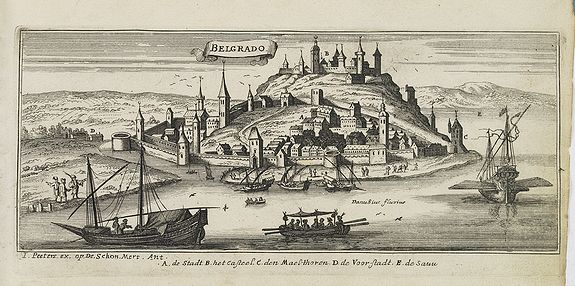

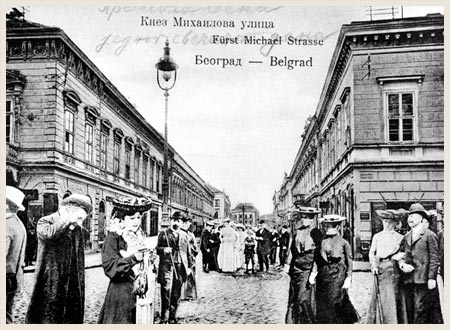



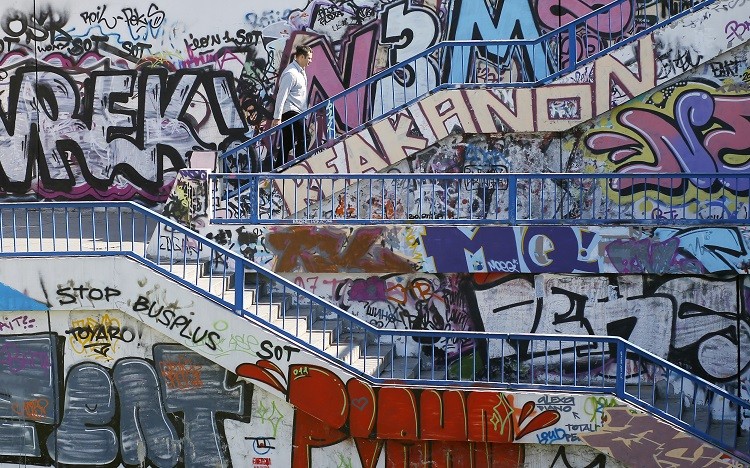




.jpg)

